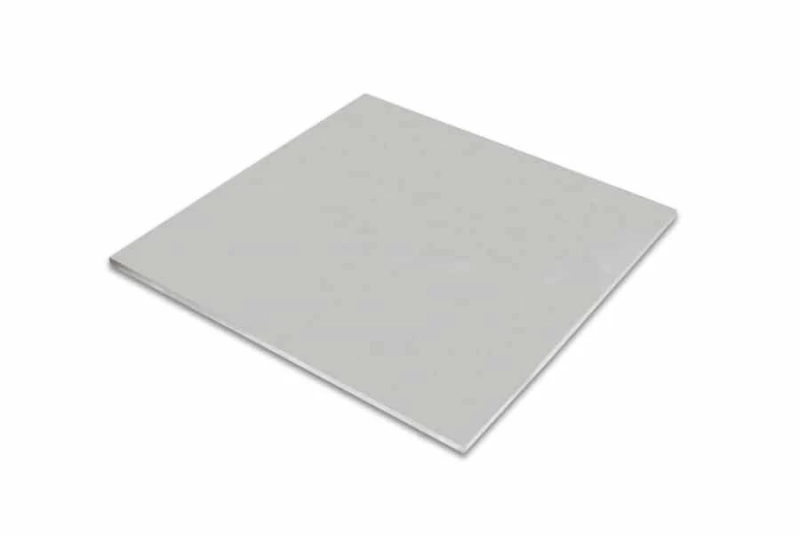Exploring the Properties and Applications of Stainless Steel 316 Plates
Stainless Steel 316 Plates are a type of stainless steel that contains molybdenum, which provides superior resistance to corrosion and pitting compared to other ...


Stainless Steel 316 Plates are a type of stainless steel that contains molybdenum, which provides superior resistance to corrosion and pitting compared to other ...

